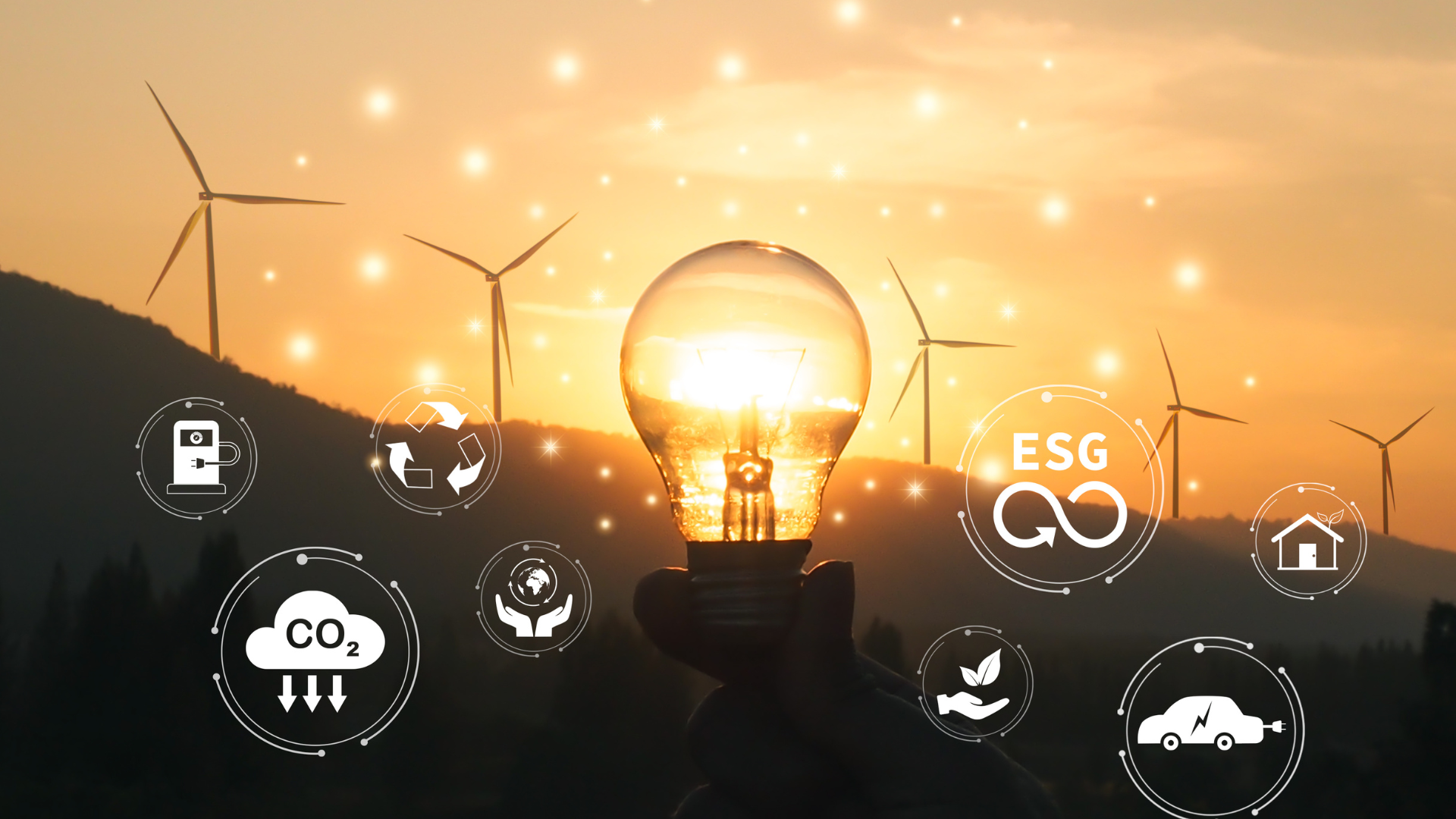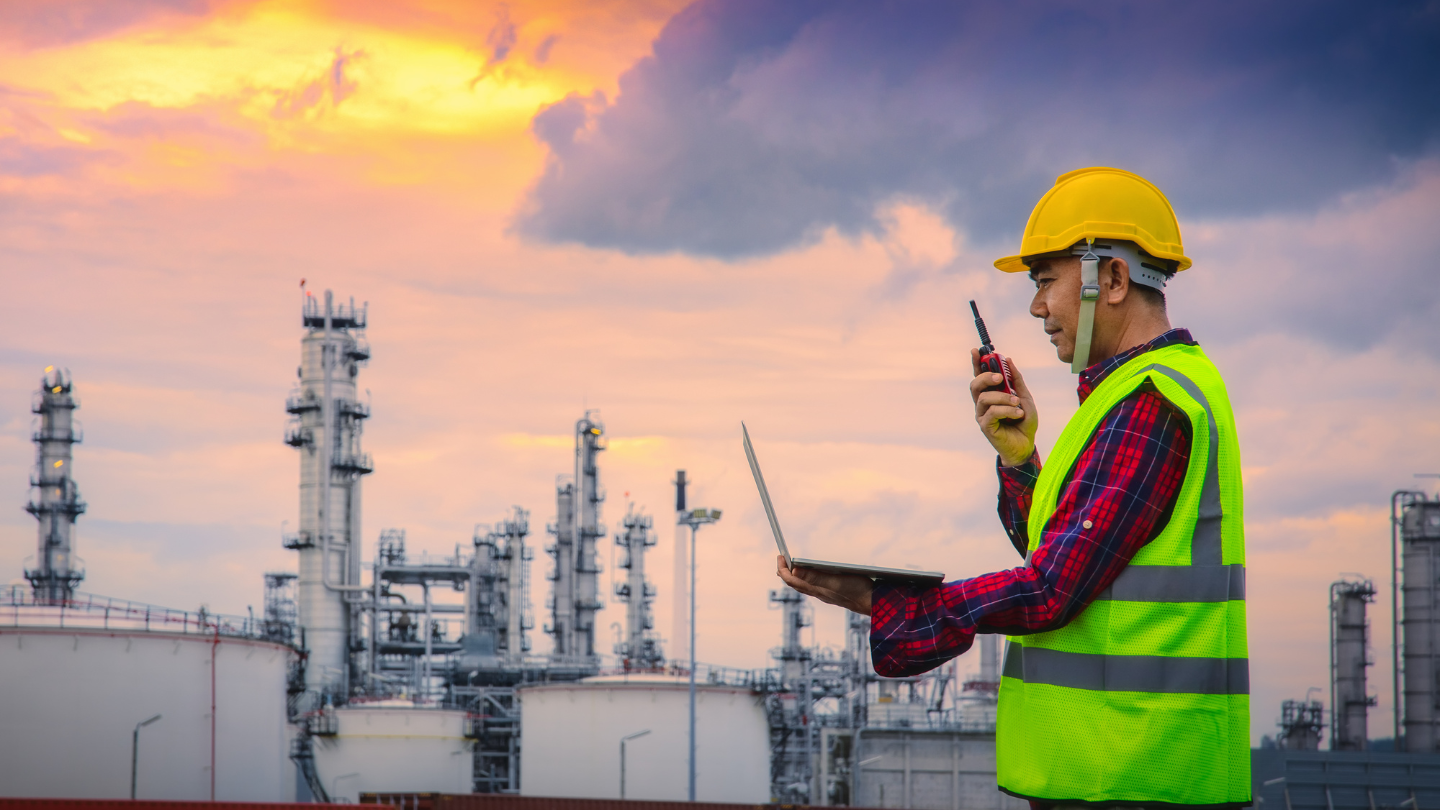Introduction
The energy sector is in the midst of the most massive shift since the Industrial Revolution. We call it the Energy Transition, and it requires us to fundamentally change how we generate, distribute, and consume energy. This transition is not just about installing solar panels or building wind farms; it’s about making every existing asset smarter, cleaner, and more efficient. At the heart of this urgent change is digital transformation, which is the only way to deliver the speed, precision, and measurable return on investment (ROI) that stakeholders now expect.
For leaders navigating the complex demands of decarbonization and digitalization, the question isn’t whether to go digital, but how to do it effectively to achieve results. This guide examines the actual impact of smart technology and offers a clear roadmap for achieving success.
The Role of Digital Transformation in the Energy Sector
Historically, the energy industry has relied on physical assets and manual processes. Operations were reactive; you fixed a machine when it broke, and you managed the grid based on historical data and educated guesses.
Today, digital transformation in energy sector operations changes everything. It acts as the nervous system for the modern grid and production facility. It enables the integration of intermittent renewable energy sources, ensures the reliability of aging infrastructure, and provides the visibility necessary to manage costs under intense market pressure. Essentially, it turns mountains of raw data into actionable intelligence, shifting the industry from reactive management to predictive optimization.
This change is driving the Energy Transition Digitalisation movement, making facilities not only compliant with new regulations but also highly competitive and resilient.
Benefits and Measurable ROI of Digitalization for Energy Operators
The ROI from digitalization isn’t just a talking point; it’s seen in hard numbers across three critical areas: efficiency, reliability, and sustainability.
- Massive Efficiency Gains: This is the most immediate win. By using smart tools, operators can fine-tune processes, leading to significant reductions in fuel consumption. Implementing IoT in energy sector projects, for example, allows for precise, micro-level monitoring of assets like compressors or boilers, ensuring they run at peak thermal efficiency. This optimization can reduce operating expenses by five to ten percent annually in large facilities.
- Predictive Reliability: Unplanned downtime is the single biggest expense in the energy business. It costs millions per day. Predictive maintenance in the energy industry eliminates this problem. Instead of performing maintenance based on time schedules, digital tools use sensors and advanced analytics in energy sector applications to predict when a piece of equipment is actually going to fail. This allows maintenance to be scheduled proactively, cutting downtime by up to fifty percent and extending the life of key assets.
- Decarbonisation and Sustainability: Digitalization provides the necessary foundation for meeting strict carbon goals. Through continuous IoT-based energy management, companies can track their carbon footprint in real time and identify the largest emission sources instantly. This precision is essential for effective decarbonisation and digitalisation strategies, ensuring that every dollar spent on environmental improvement yields maximum impact.
Overcoming Barriers to Digital Transformation in Energy
Despite the clear benefits, launching a large-scale digital project in a heavy industry is challenging. Energy operators face several unique challenges:
- Legacy Infrastructure: Many power plants and refineries are decades old, making it difficult and expensive to integrate modern digital sensors and systems. It’s like trying to run twenty-first-century software on a 1980s computer.
- Data Silos and Security: Operational technology (OT) data, which runs the physical plant, is often kept separate from information technology (IT) data. Breaking down these silos while maintaining ironclad cybersecurity is a major hurdle.
- The Talent Gap: The workforce needs to be ready. Senior engineers possess deep, irreplaceable domain knowledge, but they require training to trust and utilize complex data from AI in energy transition platforms.
These barriers require a partner who understands that solutions must be both technically sophisticated and operationally practical.
Suggested Read: Engineering for Sustainability: Powering a Greener Energy Future
Practical Steps for Implementing Digital Transformation
Moving from discussion to deployment requires a disciplined, step-by-step approach.
Step 1: Conduct Infrastructure and Gap Assessment
Before investing a dime in new technology, you must understand your current state. Perform a rigorous audit of your existing infrastructure, identifying where data is being collected, where it sits, and what capabilities are missing. This gap assessment should prioritize the highest value pain points, like the compressor with the highest failure rate or the process unit with the most volatile energy consumption. This analysis grounds your digital efforts in immediate financial needs, building the business case for digital transformation in energy sector projects.
Step 2: Choose a Digital Transformation Partner
You need a partner who speaks the language of both engineering and code. A pure IT firm won’t understand the thermodynamics of a furnace, and a pure engineering firm won’t deliver scalable software. The ideal digital transformation solutions provider, like Ingenero, integrates decades of process expertise with cutting-edge digital development. This ensures the digital solutions are safe, comply with engineering standards, and are truly trusted by the operators in the control room. Ingenero’s deep experience ensures that the digital tools actually solve real-world operational problems.
Step 3: Implement AI, IoT, Digital Twins, and Analytics
Once the strategy and partnership are secure, deploy the core technologies:
- IoT: Install sensors on critical equipment to enable continuous data collection, the backbone of IoT in energy sector strategies.
- Digital Twins: Create a virtual model of your physical plant, allowing engineers to test operational changes, optimize parameters, and simulate the effects of extreme weather before they occur in the real world.
- AI and Analytics: Deploy advanced analytics in energy sector platforms to monitor patterns and predict anomalies. This is the engine behind predictive maintenance in the energy industry, ensuring you fix things during planned downtime, not when they catastrophically fail. This is the essence of AI in energy transition.
Step 4: Perform Continuous Monitoring and Optimization for ROI
Digital transformation is not a one-time project; it’s a new way of operating. Once the tools are live, use them to constantly monitor key performance indicators (KPIs) like fuel efficiency, unplanned downtime hours, and carbon intensity. Feed the data from your initial projects back into the planning process to identify the next set of highest value opportunities, ensuring that your digital investment generates sustained, long-term ROI.
Suggested Read: Human Factors in Process Safety & Workplace Culture
Conclusion
The energy transition is an enormous challenge, but it is also the greatest opportunity for optimizing the industry that it has ever seen. By strategically embracing energy transition digitalization, energy operators can achieve their crucial goals: making the grid more reliable, cutting costs, and meeting ambitious sustainability mandates. By following a structured roadmap and choosing a partner with both deep engineering expertise and digital innovation capabilities, like Ingenero, companies can ensure their digital transformation delivers not just efficiency but a measurable and sustained competitive advantage.



